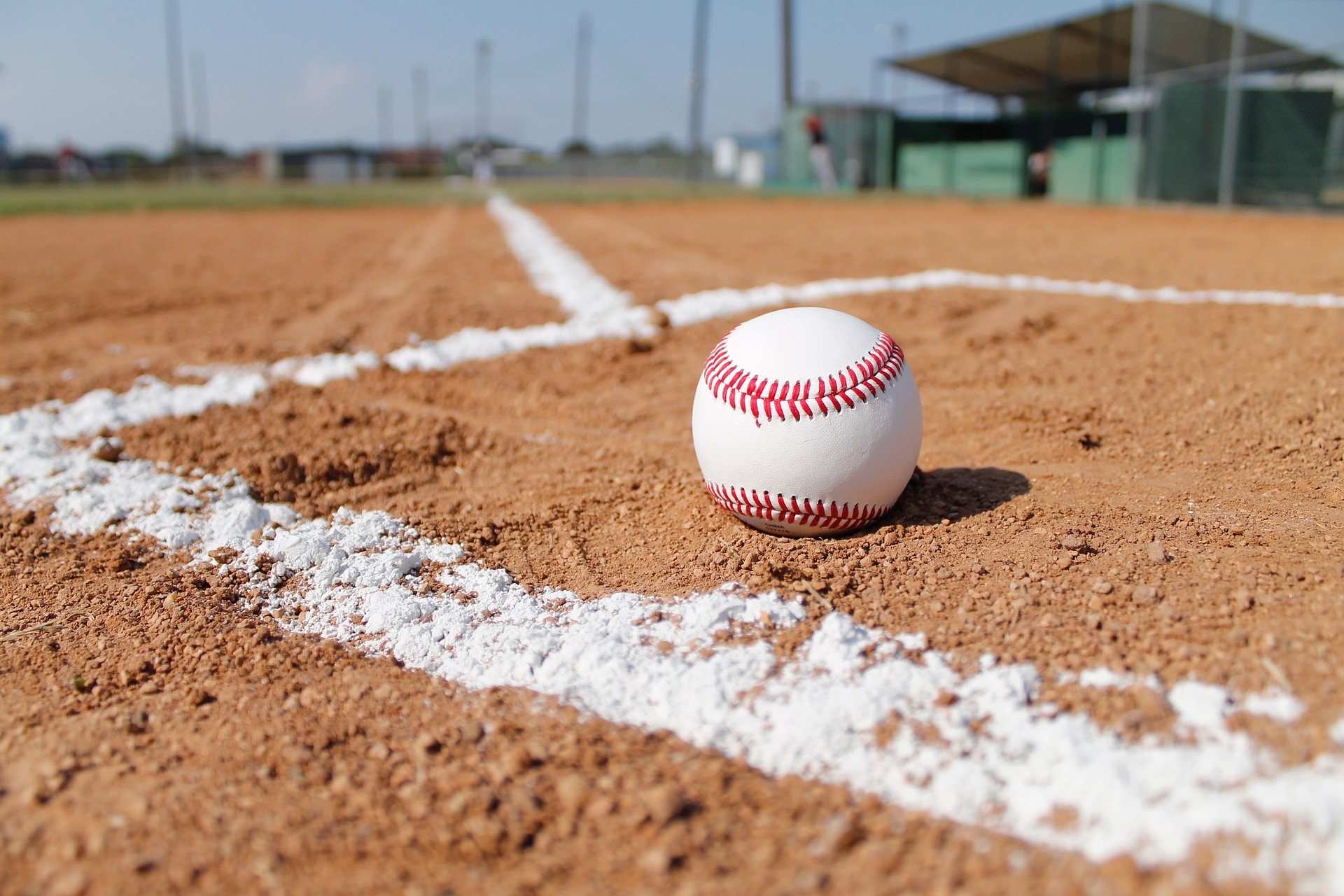What is a strike in baseball? Robots, rule book and umpires view it differently

The advent of robot umpires in baseball has presented a unique challenge: the inconsistency between the strike zone called on the field and the one defined in the rule book. This discrepancy, which has persisted for over a century and a half, hampers the education and training of these mechanical arbiters. In order for the Automated Ball-Strike System (ABS) to be implemented in the major leagues, there must be a consensus on what constitutes a strike.
Carlos Correa, the esteemed player for the Minnesota Twins, expressed concerns about the potential unfairness that some hitters may face. He highlighted the predicament of pitchers throwing impressive curveballs that cross the zone, only to be deemed balls by the human umpires. Correa, while appreciating the human element in the game, acknowledged the possibility of perfecting the robotic system in the future.
MLB embarked on experimental trials of robot umpires in the independent Atlantic League in 2019, and further tested the technology in Low-A in 2021. In the previous season, certain minor league ballparks even implemented a challenge system, allowing players and catchers to contest a human umpire's decision by referring it to the computer. This year, ABS is being utilized in all Triple-A parks, with the robot solely responsible for calling strikes in the first three games of each series. In the final three games, a human umpire is present alongside the challenge system.
According to the Official Baseball Rules, the strike zone is defined as the area above home plate, with its upper boundary being a horizontal line at the midpoint between the top of the shoulders and the top of the uniform pants. The lower limit is a line at the hollow beneath the kneecap. However, in practice, major league umpires often overlook strikes on pitches that graze the bottom or top edges of this three-dimensional zone. Consequently, the actual strike zone takes on an oval shape rather than a cube.
Morgan Sword, MLB's executive vice president of operations, acknowledged this discrepancy and emphasized that the system's perspective of the strike zone differs from the average zone typically called in the major leagues. Initially, the robots were programmed to recognize a two-dimensional zone at the front of the plate, but MLB also experimented with a three-dimensional zone. This year, ABS determines strikes solely based on where the ball crosses the midpoint of the plate, specifically 8.5 inches from the front and back.
To enhance accuracy, MLB reduced the height of the top of the strike zone from 56% to 51% of a batter's height. Sword explained that the two-dimensional zone has minimized the number of questionable calls, particularly on pitches at the center of the plate. The adjustment ensures that the system is less likely to misinterpret breaking balls and balls that barely touch the back of the plate.
This year, MLB also narrowed the width of the computer strike zone from 19 inches to 17, mirroring the width of the plate. Any part of the ball crossing this zone results in a strike. The previous width had led to some peculiar calls, as recounted by Mike Vasil, a young pitching prospect for the New York Mets, who pointed out that he received strike calls in the Florida State League that he had not even received while playing in the Atlantic Coast Conference. The adjustment aims to eliminate such inconsistencies and create a more standardized strike zone.
MLB's data reveals interesting trends following the implementation of robot umpires. At Triple-A level, strikeouts decreased from 23.3% with human umpires last year to 22.2% with automated umpires this year. When human umpires were used in conjunction with the challenge system, the strikeout rate was 22%. Walks, on the other hand, increased from 10.2% to 12.7% with robots and 11.5% with the challenge system. Batting average saw a rise from .252 last season to .266 in full ABS games, and further increased to .273 in challenge games. Home runs also experienced a slight uptick, climbing from 2.9% to 3.2% in full ABS and reaching 3.3% in challenge games.
Under the new system, each team is granted three challenges, which can be initiated by the pitcher, batter, or catcher. A successful challenge allows the team to retain their right to additional challenges.
In conclusion, the education and development of robot umpires face the hurdle of reconciling the strike zone called on the field with the one outlined in the rule book. MLB's experimentation with the ABS has shown promising results, albeit with some adjustments to be made. The aim is to strike a balance between preserving the human element of the game and embracing the potential precision of automated systems. Only time will tell if these advancements, including reduced dimensions and the challenge system, will perfect the strike zone and revolutionize the game of baseball.
News
- 2023-07-20 Germany behind schedule on wind energy rollout: study
- 2023-07-20 Researchers propose a circular economy for rare-earth elements
- 2023-07-20 Researchers propose a circular economy for rare-earth elements
- 2023-07-20 Charging cars at home at night is not the way to go, study finds
- 2023-07-20 Charging cars at home at night is not the way to go, study finds